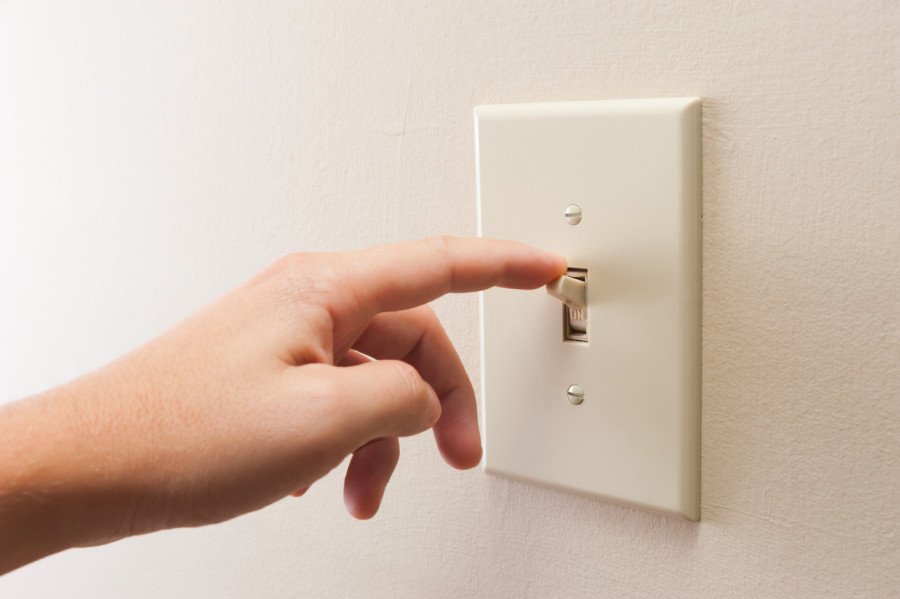Hydroelectricity and nature
Trace the path of electricity from start to finish and commit to one energy-saving action.
- Grade 4
- 2 activities
- 1 hour

Big idea
Energy can be transformed.
Learning objectives
Students will be able to:
- Explain how electricity is connected to nature
- Provide examples of ways we use energy
- Discuss why it’s important to conserve energy
- Make a pledge to use less energy
Activities

Energy-saving pledge
Get committed to saving energy by making a pledge and taking action.
BC curriculum fit
Grade 4 Science
Content
- Energy has various forms and is conserved
Curricular competencies
Questioning and predicting
- Demonstrate a sustained curiosity about the natural world
Evaluating
- Identify some simple environmental implications of theirs and others’ actions
Assessments
The activities in this unit provide an opportunity to assess individual students and small groups on their ability to:
- Express their ideas and knowledge about energy use and conservation during discussions
- Work together in small groups, using active listening and clear communication
- Identify environmental implications of using energy
- Commit to saving energy
Background info
The path of electricity
The path of hydroelectricity starts with rain and snow falling to the earth. A hydroelectric dam collects water that has run off mountains (melting snow and ice) and rainwater. The water is channelled through the dam by large pipes, called penstocks, to turbines. The energy of the falling water is used to turn the turbines, which generates electricity.
The electricity travels long distances over high-voltage wires called transmission lines. When transmission lines get close to a town or city, they go into substations. The electricity is then sent along the power lines we see in our communities.
Power lines are sometimes buried underground but often suspended by power poles to distribute the electricity to your neighbourhood. The grey cylinders on power poles are transformers that reduce the voltage so the electricity is safe to be sent into homes, schools and businesses. Pad-mounted transformers, the locked metal boxes you see on some street corners, are used in those areas where the power lines run underground.
Meters measure the amount of electricity that passes through them and into buildings. The electricity flows through wires to electrical outlets so we can use it to power lights, computers, devices, appliances and machines.
Energy connections to nature
We use energy every day to cook our food, heat our homes, fuel our cars, and power our lights and computers. All of the energy we use ultimately comes from the sun and earth (coal, oil, natural gas, solar, water, wind). It’s important for students to understand that our energy use affects the environment.
Fossil fuels (coal, oil and natural gas) come from underground and were formed a long time ago from the fossilized remains of plants and animals. Fossil fuels are known as non-renewable energy sources because they take millions of years to form. The burning of fossil fuels (coal, oil and natural gas) creates greenhouses gases that contribute to global warming and in turn, climate change.
In B.C., the majority of our electricity is made using the power of moving water (hydroelectricity) because large fast-moving rivers are abundant in our province. Other renewable sources of energy include the sun, the wind and geothermal sources from underground. These energy sources have less of an impact on the environment than non-renewable sources.
Ideas to save energy
- There are many ways your students can save energy. Here are some suggestions:
- Walk or bike to school.
- Pack a lunch using reusable containers.
- Carry a reusable water bottle and refill with tap water.
- Use both sides of the paper.
- Unplug chargers when their device is fully charged.
- Turn off lights when leaving a room.
- Take shorter showers.
- Turn off the tap after use.
- Reduce, reuse and recycle as much as possible.
- Turn off the light and use the sun shining through the window.
- Check out 21 energy-saving tips for more ways to save energy


